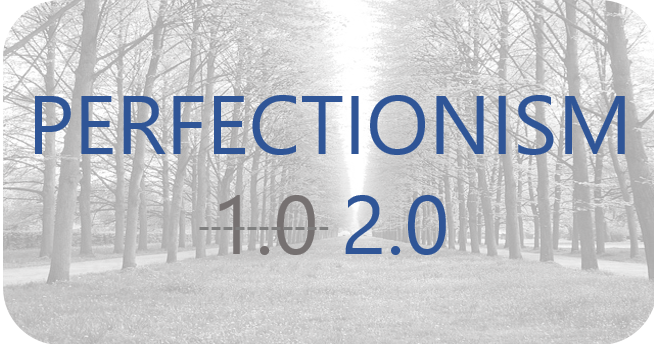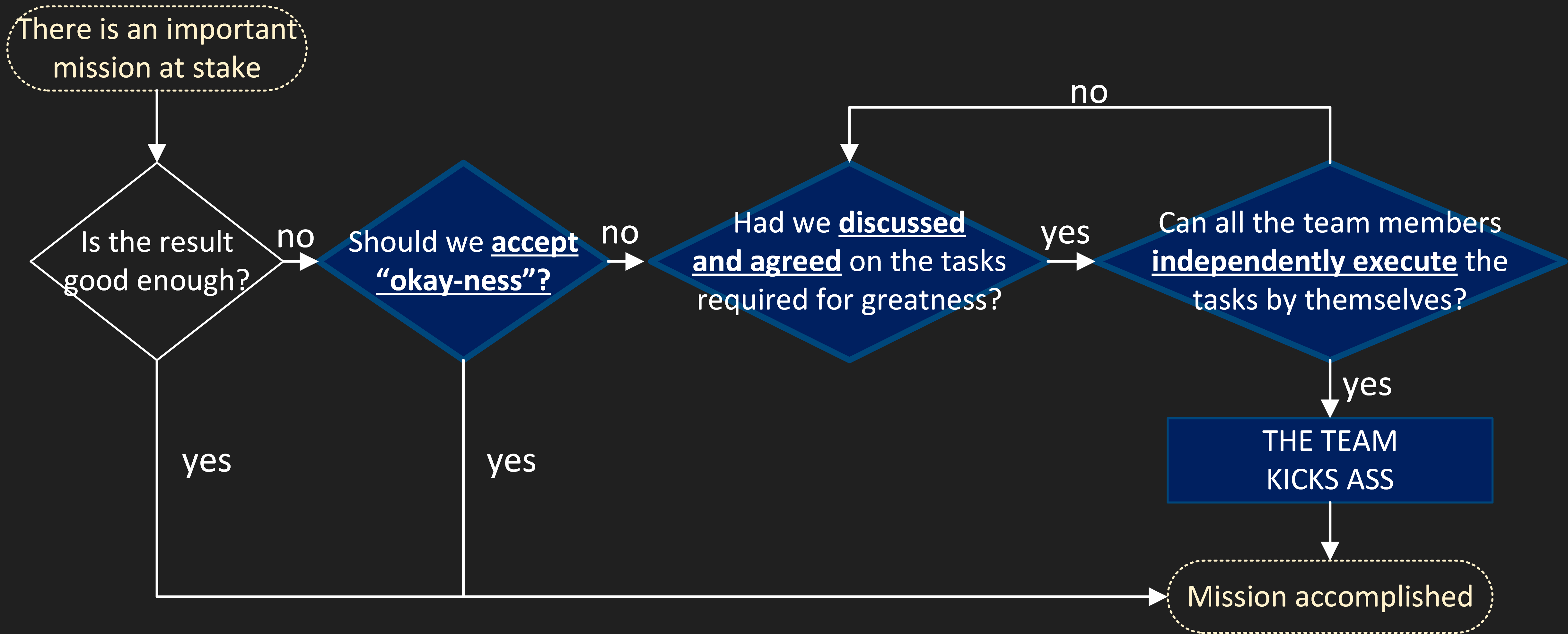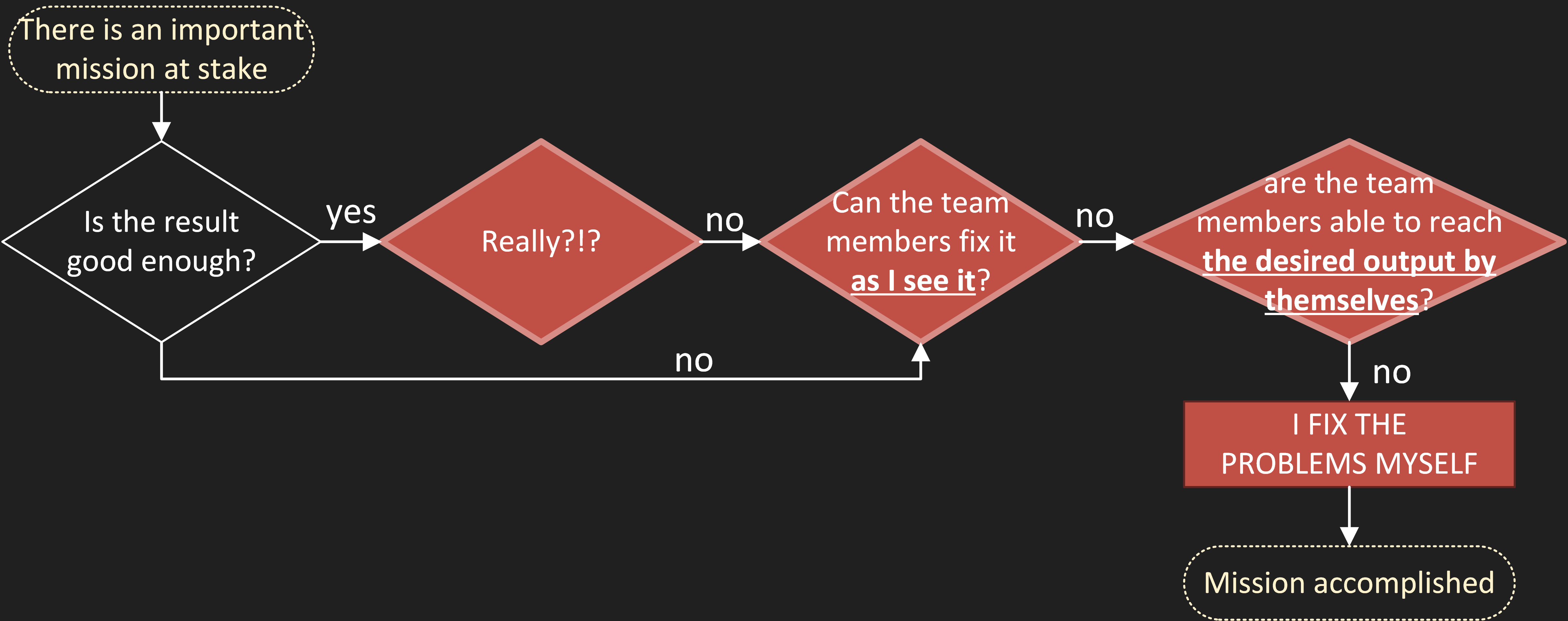 Perfectionism is that nice word, that helps us to get away from the “tell me about your weaknesses?“ question during job interviews. But, nice and charming as it may seem, being one has its consequences.
Perfectionism is that nice word, that helps us to get away from the “tell me about your weaknesses?“ question during job interviews. But, nice and charming as it may seem, being one has its consequences.
When I needed to write an important email to my colleagues at work, allowing it to leave my inbox was pretty intense. After I would finish programming a module, my instinct told me “Damn, now you know exactly how you should rewrite it!” (And after rewriting it, I really-truly-honestly knew how the next rewrite should be…). When I created presentations for my superiors, I wondered whether I should use ‘Fade’ or ‘Appear’ animation, as if it could change the course of humanity. In other words, if perfectionists had started a membership club, they would give me the honorary member certificate.
My interaction with perfectionism was great and harmonious, until I started to be in-charge of tasks other than mine. In other words, in my first managerial position, I found myself seriously handicapped by my own desire to “greatness”. I applied a centralized approach, routing each possible decision or task in my team through me, reviewing and changing everything until it was (actually, almost was) – perfect. In some cosmic way, if had done a job interview at that time, rest assured that perfectionism was indeed a non-positive quality for me.
If engineers had to design my perfectionism algorithm, it looked like the following:
The results came shortly after I got the nomination. The team overall effectiveness was very low, and I worked twice as hard to just keep that level of “low effectiveness”. I remember feeling that the team members just didn’t “get me” when it came to producing the “needed” output, no matter how many times I tried to “show them”. The frustration of us working poorly together made the “member of honor” certificate seem much less shiny as it did before. However, after a journey that had lasted for 7 years (and is still ongoing…), reality forced me to apply a new kind of algorithm, which I call – the Perfectionism 2.0 algorithm.
The core of the 2.0 version remained the same as the 1.0, as it contained the desire to detect not-good-enough elements in some process or product, along with the passion to make them better. However, the logic that uses the core had gone through major changes. The first major change was applied when the constraint of time hit me hard in the head. I understood that I couldn’t do everything great in time (trust me, I tried really hard), so some of the tasks reached only “okay-ness” at their completion. In retrospect, accepting “okay-ness” over greatness was one of the greatest decisions I ever made.
The second major change occurred when I had realized that there wasn’t a high speed wireless connection between my team members and me. For some (I feel comfortable to add the word ‘crazy’) reason, I believed that they would see how I do things, extract the relevant underlying patterns, figure out the intentions behind them, and infer how to get to the “needed” output in future cases. However, when I realized that the wifi signal was never meant to be found, I understood that a better form of communication must be established between my team members and me. A form of communication that puts the focus on exchanging the deep reasons behind every task or decision, instead of explaining just the actions needed to “fix” the (yet, another) unintended outcome.
After the new communication channel had been built, I soon discovered an amazing new world. A world in which trust was returning to the equation, as we as a team could have an open dialog regarding the decisions we should take. Moreover, I discovered that adding the entire team’s thoughts to the equation led us to much better results.
If I wrap it up, the perfectionism 2.0 algorithm looks like the following:

If the missing links between elements in the chart bothered you – Please accept that I just needed it to reach okay-ness
The results of perfectionism 2.0 were much better. We did everything as a team – every decision along the way was fully dissected, allowing everyone to be fully engaged in its execution. Moreover, after we had built a deep communication channel to talk about our mission and the tasks needed for it, a strong level of independence was emerging and the overall effectiveness of the team was much higher.
To me, moving from perfectionism 1.0 to perfectionism 2.0, meant to stop being “the one who is in-charge”, and to start feeling the true meaning behind the concept of leadership.


Awesome post! I have to say that not only does perfectionism 1.0 hurt the team in getting it’s job done, it also doesn’t let people grow. You, as a leader, not only want your people to do their job on time, but also have a learning curve which tends to infinity. That will only happen if you give you team enough space to bring their own flavor to the table. It also helps you grow as a leader.
Inspiring… To me you were always a true leader!